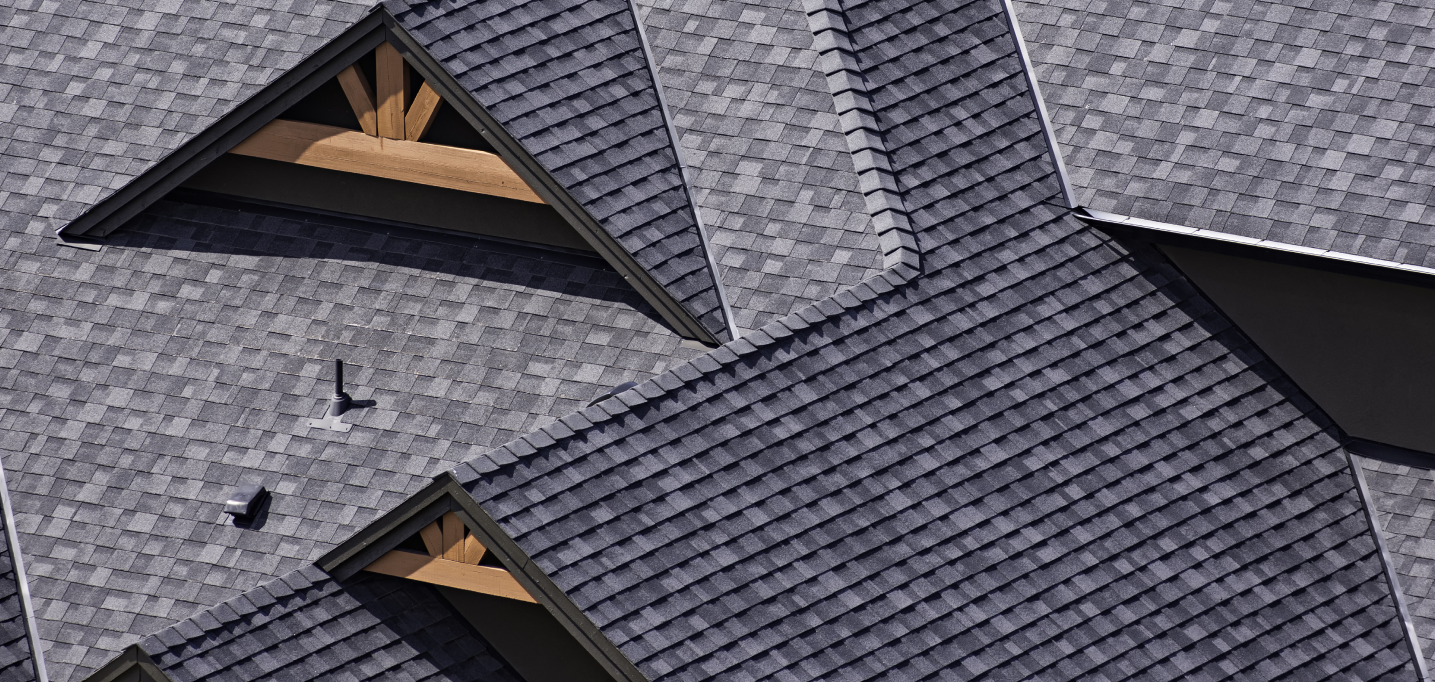Your roof is arguably one of the most crucial parts of your home. It protects you from the elements, keeps your family safe, and contributes to your home’s overall value. But like all things, roofs don’t last forever. Knowing when it’s time to replace your roof can save you from costly damage and ensure your home remains a safe haven.
This guide will help you recognize the telltale signs that indicate it might be time for a roof replacement, what factors to consider, and how to take action.
Why is Roof Replacement Important?
A neglected roof can lead to extensive damage to your home. Water leaks, structural damage, and even mold growth are just a few issues that can arise if a roof is past its prime. Regular maintenance and timely replacement can prevent these problems and save you significant time and money in the long run.
Signs You May Need a Roof Replacement
1. Your Roof’s Age
One of the easiest ways to determine if you need a new roof is to consider its age. Most roofs have a lifespan based on the materials they’re made of.
- Asphalt shingles generally last 20–25 years.
- Metal roofs can last 40–70 years.
- Tile and slate roofs may last over 50 years.
If your roof is approaching or exceeding its expected lifespan, it’s time to start planning for a replacement—even if you don’t see any obvious signs of damage yet.
2. Missing or Damaged Shingles
Shingles are your roof’s first line of defense. If they’re missing, cracked, curling, or showing signs of wear, your roof’s integrity is compromised. Inspect your shingles regularly or after severe weather events to identify issues early.
Key warning signs include:
- Shingles that have lifted or curled at the edges.
- Bald spots where granules are missing, which exposes the underlying material to damage.
3. Water Leaks or Staining
Is water dripping into your home or are there stains on your walls and ceilings? These are red flags for roof damage. Water leaks typically indicate that your roof has gaps or cracks allowing water to seep through.
Common signs of water damage include:
- Dark streaks or discoloration on your ceiling.
- Mold or mildew growth in the attic.
Ignoring water leaks can lead to extensive structural damage, so it’s best to address them immediately.
4. Sagging Roof
A sagging roof indicates serious structural issues. This could be caused by water damage, excess weight from snow or debris, or structural failure in the supports.
If your roof has visible dips or sags, especially in the center or near the edges, it’s likely time for a replacement and possibly further structural repair.
5. Daylight Through the Attic
Take a walk through your attic during daylight hours. If you see sunlight creeping through cracks or holes, that means your roof isn’t airtight anymore, making it vulnerable to water intrusion.
Seal small gaps promptly, but larger issues may warrant a complete replacement.
6. Storm Damage
Hail, strong winds, and heavy rains can take a toll on your roof. While some damage may be visible immediately, such as missing shingles or dents, others may be harder to spot. It’s a good idea to have a roof inspection after severe weather events to assess any hidden damage.
7. High Energy Bills
An old or damaged roof might struggle to insulate your home properly, causing heating and cooling systems to work overtime. If your energy bills are increasing despite no changes in usage, your roof could be the culprit.
Factors to Consider Before Replacing Your Roof
1. Material Options
Each roofing material offers unique benefits and drawbacks. Consider your budget, climate, and aesthetic preference when selecting one. Popular options include asphalt, metal, slate, and tile.
2. Your Budget
Roof replacements can be a significant investment. Get quotes from multiple contractors and explore financing options if needed. While budget-friendly options exist, remember that high-quality materials can save you money in the long run by lasting longer and requiring less maintenance.
3. Contractor Reputation
Hiring a reputable contractor is crucial. Look for professionals with positive reviews, licenses, and insurance. Be wary of extremely low quotes, as they might indicate poor workmanship or subpar materials.
4. Timing
Avoid emergency replacements by planning ahead. Fall and spring are typically the best seasons for roof replacement, as the weather is mild and conducive to installation.
Roof Maintenance to Extend Lifespan
While replacement is inevitable, proper maintenance can help extend your roof’s lifespan. Here are a few tips to keep it in good condition for as long as possible:
- Regular Inspections: Have your roof professionally inspected every year or after major storms.
- Clean Gutters: Keep your gutters clear of debris to prevent water buildup that can damage your roof.
- Trim Trees: Overhanging branches can scratch or puncture your roof. Trim them back regularly.
- Remove Moss and Algae: Moss and algae create moisture retention, which weakens roof materials over time. Use a roof-safe cleaner to remove these growths.
Acting on Red Flags
When you notice any signs listed above, it’s essential to act quickly. Minor issues like missing shingles or small leaks can sometimes be repaired without a complete replacement. However, widespread damage or advanced aging typically means a new roof is the best option.
Is It Time to Replace Your Roof?
A well-maintained roof not only protects your home but also enhances its curb appeal and overall value. Replacing your roof at the right time will save you from costly repairs and give you peace of mind.
If you’re uncertain whether it’s time for a replacement, consult a professional roofing contractor for an inspection. Being proactive will help protect your home and ensure long-term savings.





